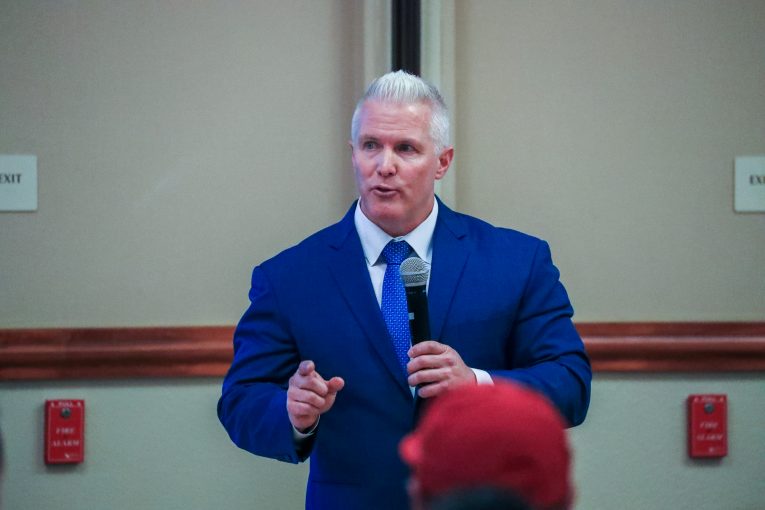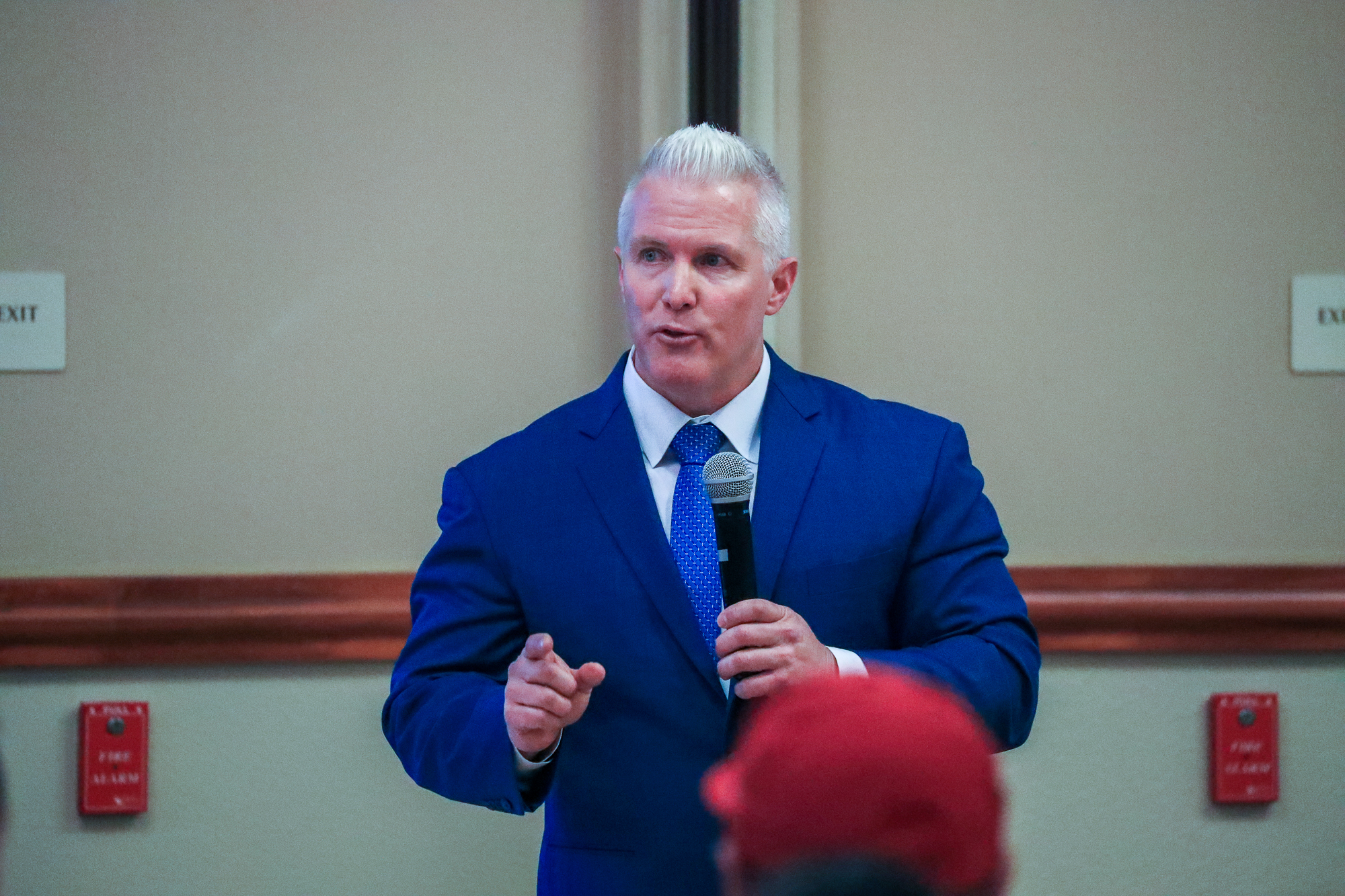

By Robert J Hansen
Woodland, CA – The Yolo County District Attorney’s office released an expanded study on Zero Bail on Tuesday which claims the policy resulted in 163 percent more crime and 200 percent more violent crime.
“The results of this recent study on the actual impacts of zero bail policies demonstrate that victimization dramatically increases, and public safety is significantly compromised when bail is eliminated as a tool for use by the courts,” Reisig said. “A 163 percent increase in total crime and a 200 percent increase in violent crime by arrestees released on zero bail, when compared to those released by the courts on traditional bail, is the type of compelling data that should drive future  discussion on any contemplated bail reform.”
discussion on any contemplated bail reform.”
Except, it’s not compelling and I’ll explain why.
First and foremost, the DA’s study leaves out some key information. The omission of the raw data or a data appendix makes it impossible to recreate the study. Without making the data available, there leave doubts about whether the data are adequate to fairly test the hypothesis.
The study examined a random sample of 100 people who were released from jail on bail over an 18-month period in 2018 and 2019 which was compared to a random sample of 100 people who were released from jail on Zero Bail between April 19, 2020, and May 31, 2021.
The DA should have provided the sample used and used all the available data rather than a select number of releases.
Omitted from the sample is everyone who was released on their own recognizance during 2018 and 2019 as well as those who posted bail during 2020 and 2021.
That omission leaves out many more people who were released and rearrested that likely have been left out of the study and also likely would have been a more accurate representation of the studied population.
For context, a look at the raw numbers provided by the DA below shows why percentages may give an inaccurate impression of the results.
The chart below claims no arrests were made for attempted homicide or domestic violence and only one for sexual assault in all of 2018 and 2019.

The Commons data portal shows 24 murders prosecuted in 2018 and 2019 while in the next two years there were 28 murder cases prosecuted.
Truly random samples are typically difficult to acquire and samples are often less than truly random. As a consequence, bias creeps into the results.
Only if the sample is random and truly representative of the population can sample statistics correctly measure the population.
Given the DA has always been in opposition to Zero Bail, bias creeping into the results is a legitimate concern. Let’s also not forget that the condition of someone’s release from jail, is not the cause or even likely correlated with why they would be re-arrested.

The study’s most significant omission is the number of arrests and cases prosecuted throughout the period that was examined.
There was about a 33 percent decrease in arrests made in Yolo County during 2020 and 2021 compared to 2018 and 2019. Prosecutions followed a similar trend during the same periods as shown in the chart above.
A Vanguard article recently showed a report on pretrial release and zero bail that found no evidence that Humphrey has resulted in a decrease in the average length of pretrial detention in California.
The report, by the University of California Los Angeles (UCLA) and the University of California Berkeley, also surveyed nearly 90 percent of California defense attorneys who indicated that prosecutors object to people released “on their own” 75-100 percent of the time.
Forty-four of California’s 58 district attorneys responded to the survey supporting those claims.
Most of these prosecutors stated that this is the same as it was before Humphrey.
Defense attorneys are experiencing many changes and challenges to their practice post-Humphrey that may inhibit their ability to effectively advocate for the pretrial release of their clients, according to the report.
Moreover, the UCLA-Berkeley report found no evidence that Zero Bail resulted in a net decrease in the pretrial jail population in California, resulted in a decrease in median bail amounts or decreased the average length of pretrial detention in California.
And while people being released from jail is often pretrial, whereas people being released from prison have served their sentence, it’s worth noting the recidivism rates for those released from prison during Covid-19.
The Bureau of Prisons told NPR that 442 people who were released during the pandemic have now returned to prison. Only 17 people out of more than 11,000 who were released committed new crimes, mostly drug-related ones, while they were out. More than half, some 230 people were sent back for alleged alcohol or drug use.
Ultimately, compared to 2018 and 2019, crime was down in 2020 and 2021 according to the DA’s data, yet he insists that Zero Bail is responsible for more than twice as much crime.
I don’t know what data Reisig’s study used to determine “recidivism under the emergency zero bail program was much higher than the rate for those who had previously posted some form of bail” but, like I said, I sure would like to see it.

